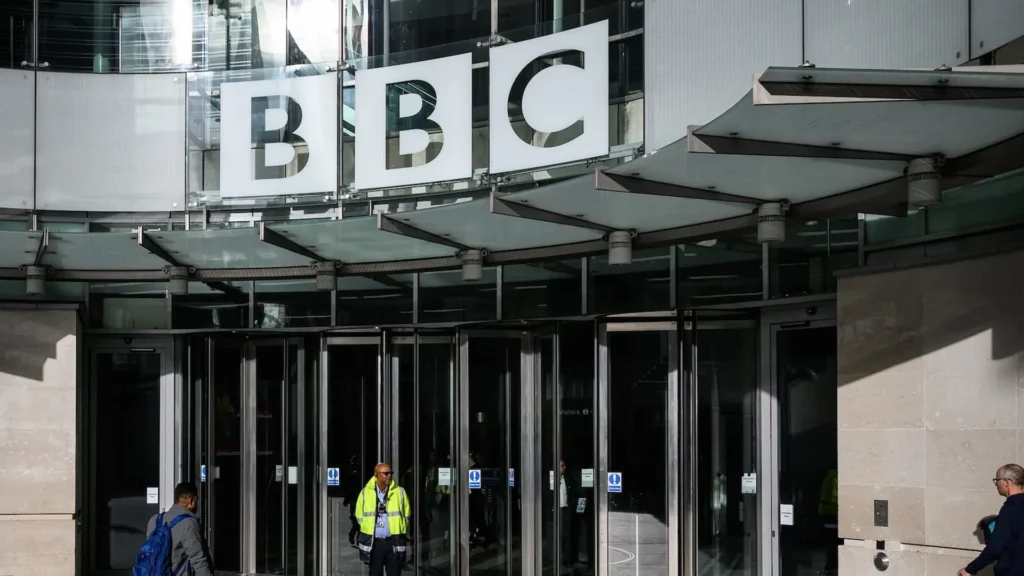President-elect Donald Trump has announced a bold initiative for his second administration—a new “Department of Government Efficiency” (DOGE) led by two prominent figures: Tesla and SpaceX CEO Elon Musk and former presidential candidate Vivek Ramaswamy.
Tasked with streamlining federal operations, eliminating waste, and overhauling agency structures, this initiative represents one of Trump’s most ambitious undertakings aimed at reducing government bureaucracy. The announcement has garnered significant attention, raising both optimism and scrutiny regarding how this new department will function and its potential implications.
Highlights
- Historic Appointment: President-elect Donald Trump appoints Elon Musk and Vivek Ramaswamy to spearhead the new “Department of Government Efficiency” (DOGE).
- Objective: The department will focus on dismantling government bureaucracy, reducing regulations, eliminating waste, and restructuring federal agencies.
- Mandate Duration: DOGE’s mandate is set to conclude by July 4, 2026, aligning with the 250th anniversary of the Declaration of Independence.
- Potential Conflicts of Interest: Musk’s companies have existing government contracts, raising concerns about transparency and ethical considerations.
- Transparency Promise: Musk pledged to post the department’s actions online and maintain a “leaderboard” to highlight inefficient government spending.
Musk and Ramaswamy: A Unique Leadership Duo
Trump’s decision to appoint Musk and Ramaswamy is seen as both unconventional and strategic. Musk, an outspoken critic of government inefficiency, has long advocated for reducing bureaucracy and has used his platforms, such as Twitter (X), to voice grievances about regulatory constraints.
Ramaswamy, a former contender in the Republican primaries, focused much of his campaign on streamlining government and cutting federal agencies. Together, they bring a private-sector approach to tackling public-sector inefficiencies, a move that resonates with Trump’s core principles of limited government and deregulation.
In his announcement, Trump highlighted Musk and Ramaswamy’s commitment, stating, “Together, these two wonderful Americans will pave the way for my Administration to dismantle Government Bureaucracy, slash excess regulations, cut wasteful expenditures, and restructure Federal Agencies.”

DOGE’s Mission and Strategic Goals
The Department of Government Efficiency is set to function as a high-impact task force with the following key objectives:
- Dismantling Bureaucracy: Streamline federal agencies and reduce redundancies to create a leaner government structure.
- Cutting Excessive Regulations: Implement a massive rollback on regulations that hamper business growth, fostering a more business-friendly environment.
- Eliminating Wasteful Spending: Develop an action plan to identify and eliminate unnecessary expenditures, with a promise to save “trillions of dollars” through fraud reduction and efficiency improvements.
- Restructuring Federal Agencies: Ramaswamy has already proposed a framework that could potentially dismantle agencies like the FBI and Department of Education—an idea that may gain momentum under DOGE.
Trump’s timeline for this department aligns symbolically with the nation’s 250th anniversary, with a completion deadline of July 4, 2026. “A smaller Government, with more efficiency and less bureaucracy, will be the perfect gift to America on the 250th Anniversary of The Declaration of Independence,” Trump stated.
Industry Insights: Implications for Business and Markets
The formation of DOGE has sparked interest within business and financial sectors, with potential implications for markets and industries across the board. Here’s what experts anticipate:
- Tech and Innovation: Musk’s influence could lead to favorable policies for tech companies, particularly in sectors like AI (Artificial Intelligence), aerospace, and autonomous vehicles. His history with Tesla and SpaceX underscores his alignment with a business-first approach, likely paving the way for regulatory relaxation in high-tech industries.
- Federal Contractors: Musk’s involvement raises questions for other federal contractors, as his companies currently hold lucrative government contracts. Observers are wary of potential conflicts of interest, as DOGE’s reforms could indirectly benefit Musk-owned companies through reduced regulatory barriers and streamlined procurement processes.
- Cost-Cutting and Fiscal Discipline: Ramaswamy’s agenda of cost-cutting resonates with conservative fiscal principles, suggesting DOGE’s work could lead to significant savings and debt reduction, potentially boosting investor confidence and stabilizing bond markets over time.
- Labor and Workforce: With proposals to downsize federal employment, DOGE’s plans may create tension within the federal workforce. Ramaswamy has suggested incentivizing layoffs and offering severance packages to streamline federal roles, a policy that could face opposition from labor groups but may appeal to fiscally conservative audiences.
Challenges and Criticisms: Transparency and Potential Conflicts
The announcement of DOGE has also ignited debate around transparency and ethics. Musk’s deep ties to the federal government through contracts with Tesla, SpaceX, and other ventures could lead to potential conflicts of interest. Observers question how DOGE will maintain impartiality in its decision-making, especially when those decisions could affect Musk-affiliated businesses.
In response, Musk pledged to promote transparency by sharing DOGE’s actions online and even suggested a “leaderboard” for highlighting wasteful government spending. This approach is intended to assuage concerns and maintain public trust, but questions remain about the oversight and accountability measures that will be in place.

Trump’s Vision for a Leaner, More Efficient Government
Trump’s decision to establish DOGE aligns with his long-standing vision of reducing the federal government’s size and scope. In his first term, he attempted to implement sweeping deregulations and structural changes but faced significant pushback from established bureaucratic institutions. This time, with a team like Musk and Ramaswamy at the helm, Trump appears poised to push this agenda more aggressively.
During the campaign, Trump indicated that DOGE would be instrumental in cutting costs and reducing government spending. He believes this “efficiency revolution” will streamline operations across all federal agencies, saving taxpayer money and promoting accountability. Ramaswamy’s slogan, “SHUT IT DOWN”, reflects this vision, resonating with voters who support a smaller, more focused government.
Conclusion: DOGE’s Potential to Reshape American Governance
The establishment of the Department of Government Efficiency marks an ambitious start for Trump’s second administration, setting the stage for potentially transformative reforms in federal operations. The collaboration between Elon Musk and Vivek Ramaswamy brings together innovation-driven expertise and a commitment to fiscal responsibility.
While DOGE’s plans have garnered both excitement and skepticism, its success or failure will depend on effective implementation, ethical oversight, and public transparency.
If successful, DOGE could serve as a model for government efficiency, reshaping the landscape of American governance. However, the department’s work will likely face scrutiny as it balances Trump’s vision for a leaner government with the practicalities of managing federal institutions.



